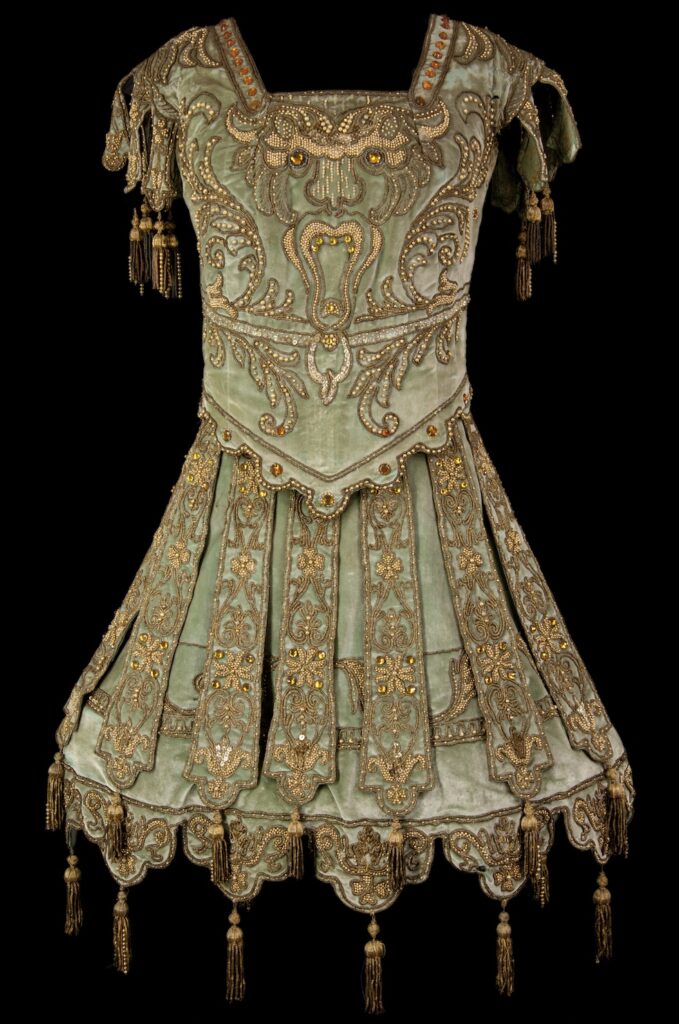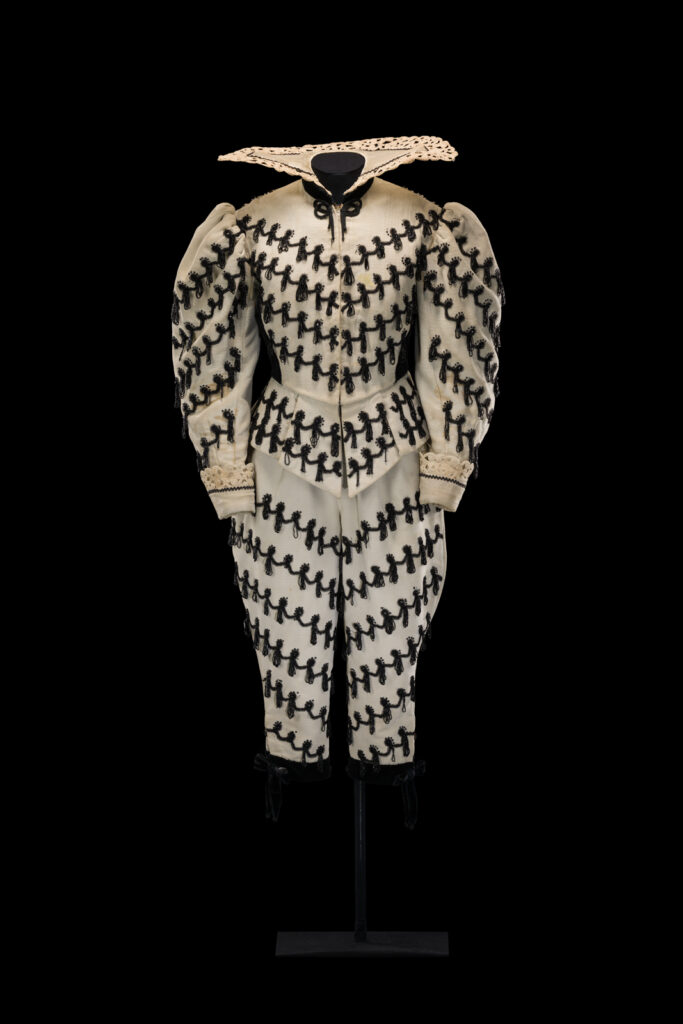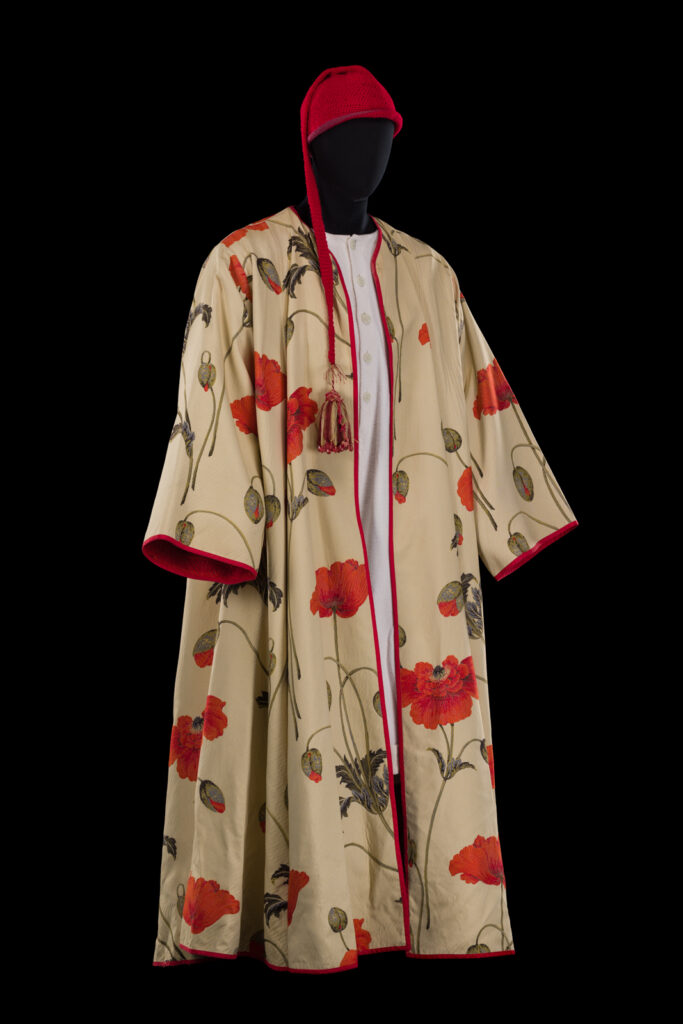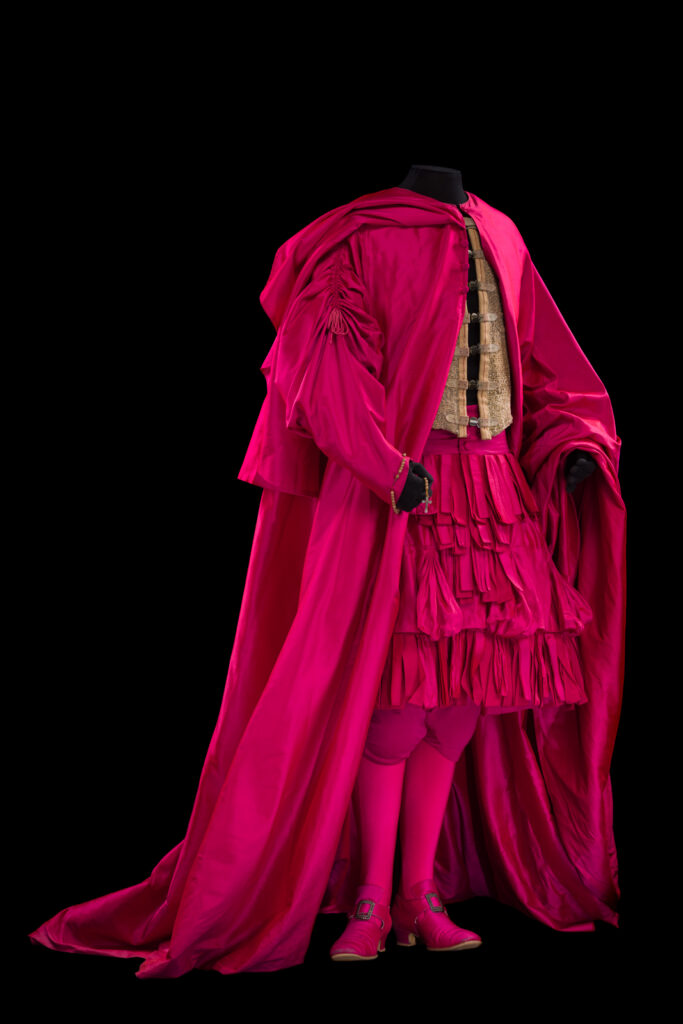Molière en Costumes
As 2022 marks the 400th anniversary of Molière’s birth, a great number of tributes, exhibitions and special performances are taking place to honour one of the greatest playwrights of all time. Véronique Meunier-Delissnyder, general conservator of libraries and deputy director of the department of theatrical arts at the Bibliothèque nationale de France – and Delphine Pinasa, director of the Centre national du costume de scène à Moulins – provides a window into Molière en costumes, an exhibition that explores exceptional costumes associated with his works.

Molière is still the most performed French playwright in the world today. How do you explain this success?
As a lucid observer of 17th century society, Molière wrote comedies featuring characters and plots that criticize human behavior and vices. He imagines a gallery of characters whose weaknesses, envy, deficiencies – and, more rarely, virtues – and then depicts with malice and humour! These imperfections are, above all, human character patterns that resonate deeply with our contemporary societies. The exhibition Molière in Costume invites the visitor to discover these great characters of Molière’s work following an itinerary organized around themes such as vices, satire of medicine and religion, mockery of the ridiculous bourgeois, jealousy, infidelity, the female condition…

In Molière’s plays, the theme of appearance is recurrent. What role do you think fashion plays in his work?
The scene involving the master tailor in the “Bourgeois gentilhomme” is one of the most striking moments to reflect the role of fashion in Molière’s work. The author uses the excesses of the fashion worn at the court of King Louis XIV to criticise it. He pokes fun at the bourgeois who dream of becoming gentlemen or the précieuses ridicules who aspire to reach nobility. Their social ascension is based on the art of appearance and the protagonists are dressed in rich outfits, decorated with ribbons, lace and ruffles, feathers adorning hats, high historical wigs. The largely exaggerated silhouettes on the stage reveal the ridiculousness and extravagance of the characters.

Which costume do you think best illustrates this relationship between Molière and fashion in the exhibition?
Several costumes may claim to express the relationship between Molière and fashion. The directors and costume designers interpret the works in a very particular way for each production. For example, the costume for Tartuffe in Michel Fau’s staging at the Théâtre de la Porte Saint-Martin in 2017 was designed by Christian Lacroix. This suit, made of shocking pink taffeta, down to the matching stockings and shoes, is hardly in keeping with that of a pious devotee! All the costumes of the servants and valets echoed the dress code of Molière’s time, but with a specific vision that was constantly renewed. Couturiers and haute couture houses have always participated in theatrical productions, with more or less regular interventions depending on the period. The dancer’s costume for Miss Berthe Cerny in “La Comtesse d’Escarbagnas”, a play performed at the Comédie-Française in 1910, was purchased from Paquin.

To what extent does a theatrical costume contribute to defining a character?
Within a show, the costume plays several roles according to its physical appearance and aesthetic characteristics. As a visible and material element of the performance, it contributes to the definition of the character through its colours, shapes, decorative treatment, ornaments and how it’s worn – that is, its modernity or its apparent historicity. The theatre, in the broad sense of the term, invites the spectator to a fiction whose codes and biases are previously accepted by the audience. The costume designer imagines silhouettes according to the intentions of the director and in an overall perspective that also integrates the scenography and even beyond, the dramaturgy that takes place on stage. The interpretation of a role requires, among other factors, a work of transformation and imagination. The costume, as the actor’s second skin, appears as one of the elements of this metamorphosis – as much for the audience as for the artist.
“Molière en costumes” continues until November 6th, 2022 at the Centre national du costume de scène.



